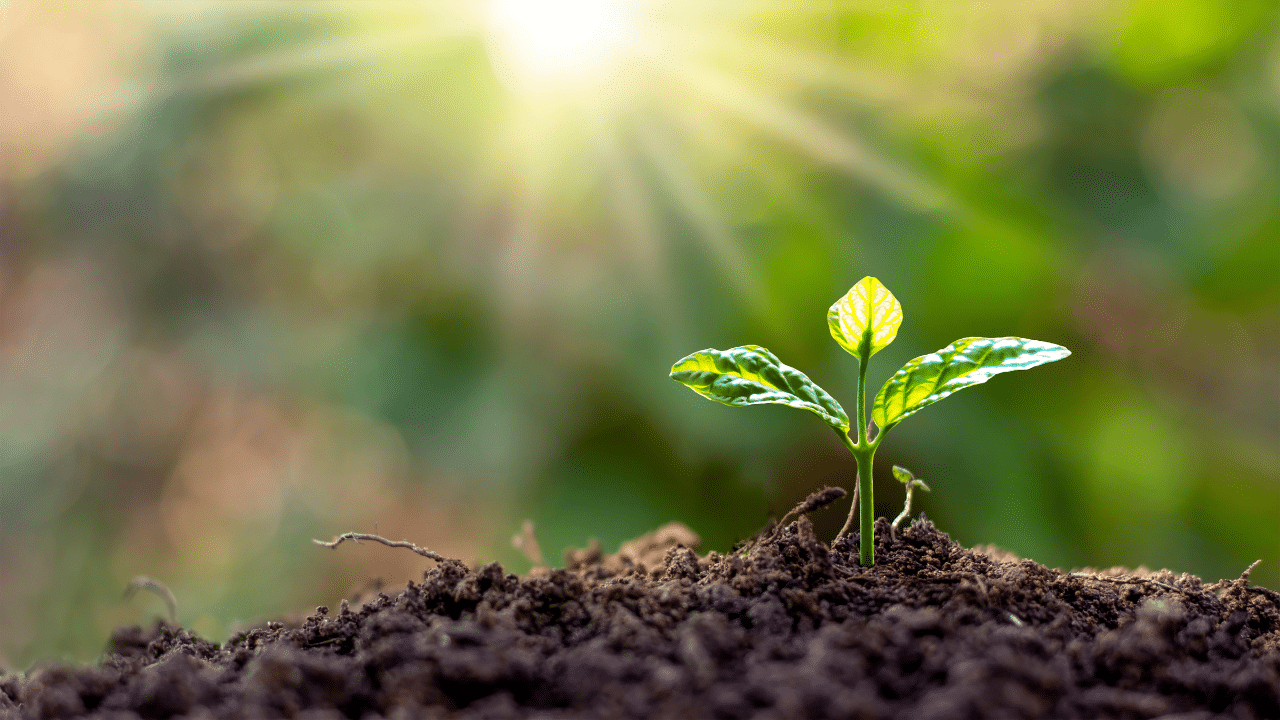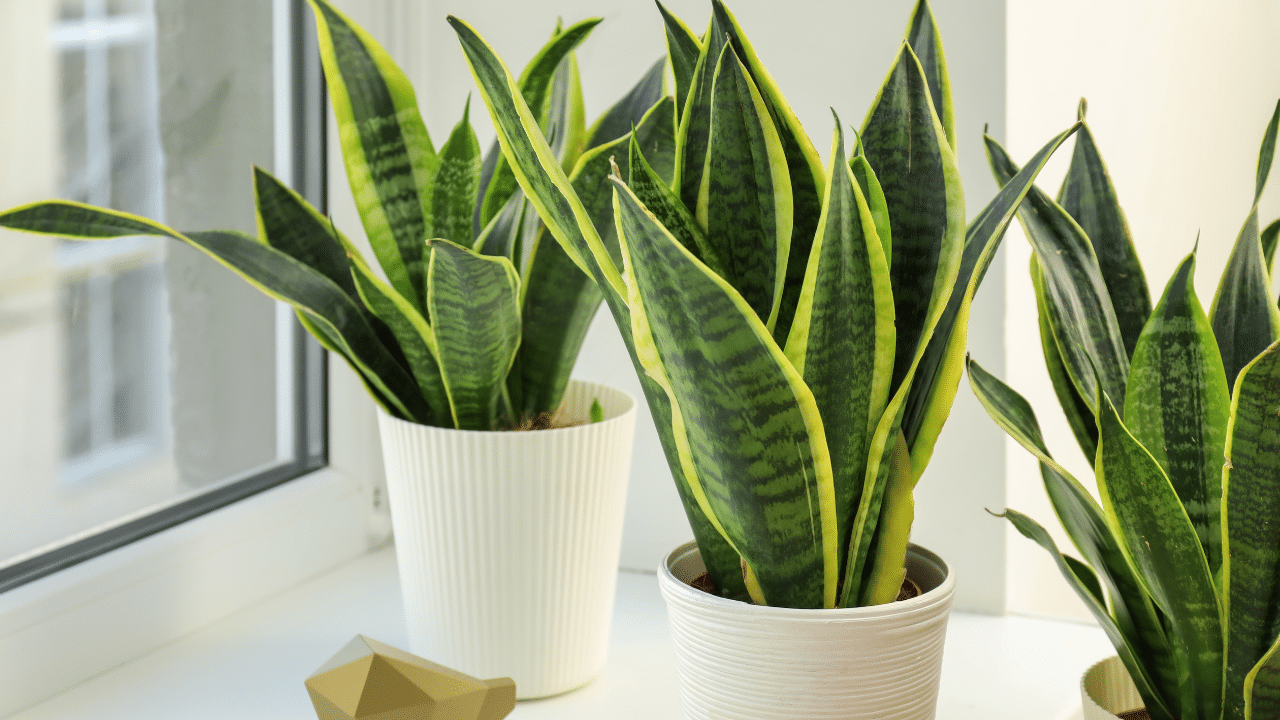Advertisements
Did you know that identifying pests and diseases in plants has never been easier? With the advancement of technology, there are now incredible apps that help farmers monitor their crops effectively. In this article, we will explore the best apps available for identifying pests and diseases, discuss their features and how they can make life easier in the fields. If you are a farmer looking for digital tools that make a difference, read on to find out which apps can transform your farming experience!
What are the best apps for identifying pests and diseases in plants?
There are several reliable applications for identifying pests and diseases in plants. Among the most popular are: Adama Target and the Agri. These applications use image recognition technology, where the user takes a photo of the affected plant and the app analyzes the image, offering an instant diagnosis.
Advertisements
These applications work primarily through artificial intelligence and machine learning. They are trained with different types of images and data on plant pests and diseases, allowing them to quickly identify specific crop problems. In addition, some of these platforms provide additional data, such as treatment recommendations and pest history in the region, which facilitates sustainable management.
As for platforms, both iOS and Android support most pest monitoring apps. This means you can use your smartphone, whether Apple or Android, to keep an eye on the health of your plants. This accessibility allows even the most tech-savvy farmers to manage their crops efficiently.
Advertisements
Using an app to identify pests is more than just a quick fix; it is a vital part of integrated pest management (IPM). With real-time data collection and analysis, these applications are essential tools to ensure a healthy and productive harvest.
How do these applications facilitate pest monitoring in crops?
Pest monitoring applications play an essential role in modern agriculture. They allow farmers to diagnose infestations early and thus maintain crop health.
These apps help with pest management by offering features such as real-time data collection and crop information analysis. For example, the ability to record observations and take photos of pests makes it easier to identify and communicate with other professionals. This is particularly useful during the early stages of plant growth, where control is crucial.
The benefits for farmers are significant. With real-time alerts, it is possible to quickly detect signs of pests and take action before they take hold. In addition, the use of technology such as computer vision and artificial intelligence allows the identification of hotspots where infestations are most concentrated. This reduces the need for chemical applications across the entire cultivated area, reducing costs and promoting more sustainable practices.
Data collection and analysis are also made easier, with applications that use satellite images and temperature and humidity information to generate a vegetation index, allowing the identification of areas that need attention. Platforms such as Climate FieldView offer advanced features for direct monitoring, with the application FieldSolve enabling even more precise control.
With these technologies, crop monitoring becomes more efficient, allowing active management of crops and contributing to agricultural productivity.
What features make an app effective for diagnosing plant diseases?
An effective tool for diagnosing plant diseases must have some essential functionalities. Image recognition, for example, is a foundation. An application should allow the user to take photos of affected plants and then provide an immediate analysis. Artificial intelligence is crucial at this stage; it feeds a database that compares the images sent with known patterns of diseases and pests, allowing for a quick and accurate diagnosis.
User support and a user-friendly interface are equally important. In case a farmer encounters difficulties, there should be resources such as tutorials, FAQs, and even a live chat for real-time queries. An app that offers robust support increases user confidence, making them more likely to use the tool.
Apps are also most effective when they provide real-time notifications about potential crop problems. This means alerts about changes in the vegetative index, which can indicate the onset of diseases. These alerts allow farmers to make quick decisions, minimizing losses.
Another essential factor is the ability to collect and analyze data. A good app should record observations over time and allow users to revisit past data to identify specific infestation or disease patterns over different periods. The app Agri exemplifies these characteristics, combining technology with ease of use.
These aspects not only help in the early identification of problems, but also contribute to more sustainable and economical agricultural management.
How to choose the most suitable application for your agricultural needs?
When it comes to choosing an app to identify pests and diseases, there are a few essential criteria to consider. First, think about the usability. The app should be simple and intuitive, allowing you to quickly report pests and diseases. In addition, the information coverage is essential; ideally, the application should offer detailed data on various pests and their respective solutions.
To the user reviews play an important role in your decision. Highly rated apps usually have reliable customer support and are frequently updated. Check out other farmers’ reviews on how effective the app is at performing the tasks you need it to.
Another relevant consideration is the difference between applications free and paid. Free apps may offer basic functionality, but often limit access to advanced features or detailed analytics. Paid apps, on the other hand, often include more data sharing, technical support, and ongoing updates. Consider the cost-benefit: a larger initial investment can translate into long-term savings, such as reduced losses and pesticide costs.
To make a more informed choice, also consider the technologies used. Most modern applications use artificial intelligence to improve the accuracy of pest and disease identification. For more information on how Big Data can make farming easier, check out this article on how Big Data is used in agriculture.
In short, when selecting an application, evaluate your specific needs, look for contextualized recommendations and consider your priorities so that the choice adds real value to your cultivation.
What are the current trends in agriculture applications?
The latest innovations in pest and disease identification apps have revolutionized the agricultural industry. Today, technology is transforming modern farming with the use of artificial intelligence and machine learning. These tools help quickly identify infestations and diseases, allowing farmers to make informed decisions. For example, apps like Farmbox Scout use satellite imagery and field data to track crop development in real time.
Digitizing the agricultural sector is not just about identification; it also involves data collection and analysis. Apps allow farmers to record observations and take photos of affected plants. This creates a database that can be analyzed to predict future infestation patterns, leading to more effective management and less reliance on pesticides.
Sustainable practices are increasingly integrated into applications. The idea is to minimize the environmental impacts of cultivation by reducing the use of chemicals. Features such as vegetation index assessment help identify areas with irregular growth, allowing farmers to intervene only where necessary, resulting in reduced costs and more responsible use of resources.
Additionally, with real-time alerts, manufacturers can act quickly to new threats, ensuring their crops remain healthy. The combination of these technologies is essential to ensuring a prosperous and sustainable agricultural future. To learn more about diagnostics, you can visit the platform FieldView.
Conclusion
Choosing the right app to identify pests and diseases in plants is crucial to optimizing agricultural management. This article explored the best apps available, highlighting their effectiveness, diagnostic technologies, and essential features to consider. Additionally, we discussed current trends and how these innovations are shaping a more sustainable future for agriculture. By utilizing these digital tools, farmers can not only monitor their crops more efficiently but also ensure healthy and productive harvests.
FAQ
FAQs about Apps for Identifying Pests and Diseases in Plants
1. What are the best apps for identifying pests and diseases in plants?
The best apps include Adama Alvo and Agrio. Both use image recognition technology to analyze photos of affected plants and provide immediate diagnoses.
2. How do these apps help in pest management?
These apps enable early diagnosis, collect real-time data, and provide pest alerts. They help farmers take quick action, reducing the need for pesticides and promoting sustainable practices.
3. What makes an app effective for diagnosing plant diseases?
An effective app should offer image recognition, user support, real-time alerts, and the ability to collect and analyze data over time. These features ensure quick diagnostics and help in crop management.
4. What should I consider when choosing an app for my farming needs?
Consider the app’s usability, information coverage, user reviews, and the distinction between free and paid apps. A simple, well-reviewed app can make all the difference in managing your crops.
5. What are the current trends in agriculture applications?
Trends include the use of artificial intelligence, real-time data analytics, and sustainable agricultural practices. These applications help monitor and optimize crop management, improving plant health and reducing chemical use.


